You’ll learn about different types of meringues and decide which type you want to use for your desserts.
Today I give information about different types of meringues. Actually, my intention was to give a meringue kisses recipe, talk about why I prefer Swiss Meringue and give little information about different types of meringues. However, I ended up writing so much about the types of meringues that I decided to make this post just special for that. 🙂
So, let’s begin;
What is Meringue?
Meringue is a mixture of beaten egg whites and sugar.
Egg whites consist of about 90% water and 10% protein. When we whisk the egg whites, the proteins unfold, they create a network and trap air into egg whites. As we continue beating, this results in foam and volume.
The Role of Sugar
Sugar helps to stabilize the foam.
The amount of sugar depends on the purpose of your use of the meringue.
If you want a stiff meringue to make meringue kisses or pastry shells,
it is usually advised to use almost
- 1 part of egg white to 2 parts of sugar by weight (for ex, 100 grams egg whites to 200 grams sugar)
or
- 1 part of egg white to 1,5 parts of sugar by weight (for ex, 100 grams egg white to 150 grams sugar).
When I weigh the egg whites, they are mostly 35grams. It rarely goes up to 42 grams and rarely goes down to 32 grams. I assume 1 egg white is 35 grams and I use 50 grams of sugar per egg white.
Shortly, as I made my tests, I don’t weigh the egg whites and just say 50 grams (¼ cup) of sugar per 1 egg white is enough to make stiff meringues.
If you want a soft meringue for pie topping, you should add less sugar. The ratio is 1:1
Below you can read different types of meringues and decide which one you want to use depending on your need.
Different Types of Meringue
French Meringue
You can easily make French meringue. It is all about whisking the egg whites at some point and then beating the whites with sugar until you reach the desired consistency-soft peaks (when you lift the whisk, meringue forms a hook) or stiff peaks (when you lift the whisk, meringue points straight up).
French meringue has a light texture, mostly used when making souffles, cakes and some cookies such as ladyfingers. If you are not using pasteurized eggs or baking the meringue at 375°F (177°C) for 15 minutes, I don’t find it safe to use French meringue over tarts as there is the salmonella risk.
Also, I don’t use French meringue to make meringue kisses as the eggs are not baked but dried at low temperature. If you are not using pasteurized eggs, I will suggest you use Swiss Meringue or Italian Meringue to make these unbaked treats.
Swiss Meringue
Unlike French Meringue, we heat the sugar and egg together over bain-marie until it reaches to 160°F-71°C. At this temperature, when you rub the mixture between your fingers, the sugar will be dissolved and the mixture will be hot.
After it reaches that temperature, we remove it from the heat and beat with a mixer until it reaches soft or stiff peaks-depends on where you want to use it. As we add the sugar in the beginning, it will have less volume. However, this makes Swiss Meringue denser than the French Meringue.
I like this method for pie toppings and meringue kisses because I feel safe as we eliminate the salmonella risk. It has a dense texture. Besides that, it holds its shape very well over pies. You can check my Swiss Meringue post to make Swiss meringue.
Italian Meringue
It starts with a syrup that is made of sugar and enough water. It is boiled until it comes to 244°F-118°C which is firm ball sugar. If you don’t have a candy temperature, you can test it with cold water. When you drop the syrup into cold water, it should form a ball and keep its shape.
When the syrup almost comes to that temperature, you should start beating the egg whites and slowly pour the syrup over the egg whites. By this way, you cook the egg whites, which makes it safe for unbaked treats.
Do You Need Acid To Stabilize the Meringue?
Sometimes acidic ingredients such as vinegar, lemon juice or cream of tartar can be added to stabilize the mixture while beating the egg whites. The acidic ingredient helps to keep the foam more stable and the acid decreases the possibility of overbeating the meringue. But it is not a must but an option.
You may think of using the acidic ingredient especially when making French Meringue as it is the most delicate one among the others.
Although it is said that using a copper bowl is good to whip egg whites to have a good consistency and makes it hard to overbeat, it is advised not to use a copper bowl if using an acidic ingredient as the acid may dissolve too much copper into the mix and make it dangerous for consumption.
Important Notes When Making Meringues
- You have to make sure that you separate the egg whites properly and there isn’t any little egg yolk in it. When I separate the egg whites, I put the egg white first in a small bowl, and then place it into the mixer bowl. I repeat the same steps with other egg whites. You can see my way of working below.
- It is easier to separate the egg whites when they are cold. But when beating the egg whites, they must be at room temperature for the best volume. So after you separate the egg whites, keep them at room temperature for 30 minutes.
- Besides egg yolks, your mixing bowl and whisk must be free of oil, all types of fat and water as they will negatively affect the eggs beating properly.
- You shouldn’t overbeat the meringue as the egg whites will lose their volume.
- If you are using meringue to lighten a dessert, try to stop beating at soft peak as it makes folding step easier.
I hope you like this post and make yummy desserts with meringues!


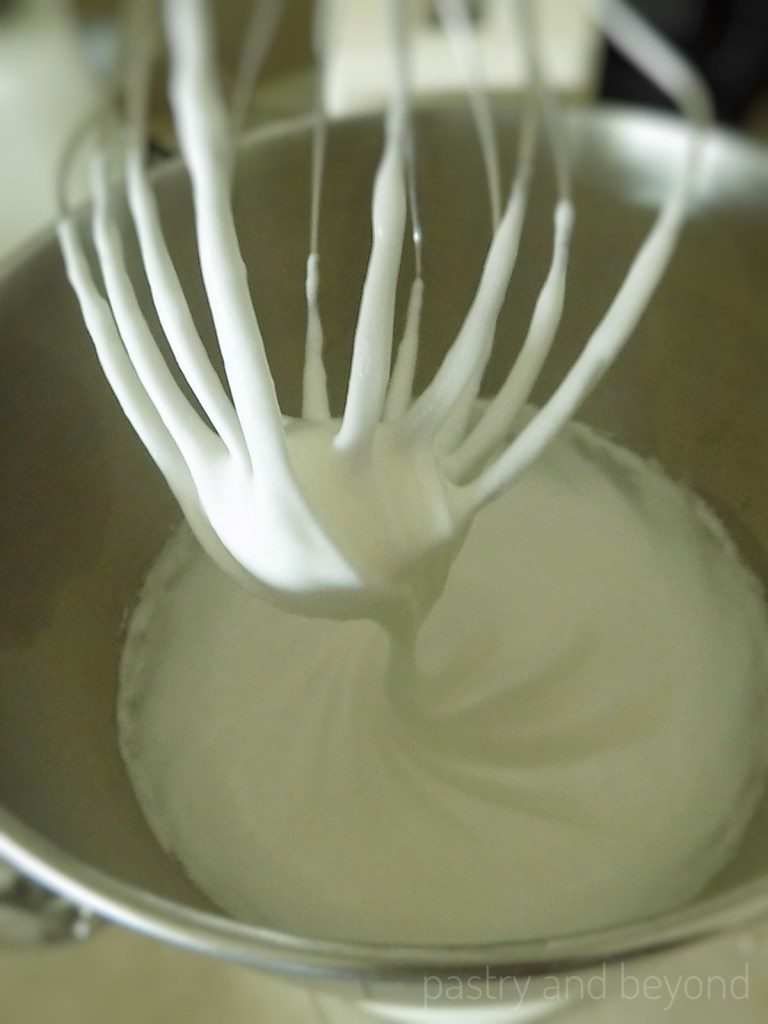
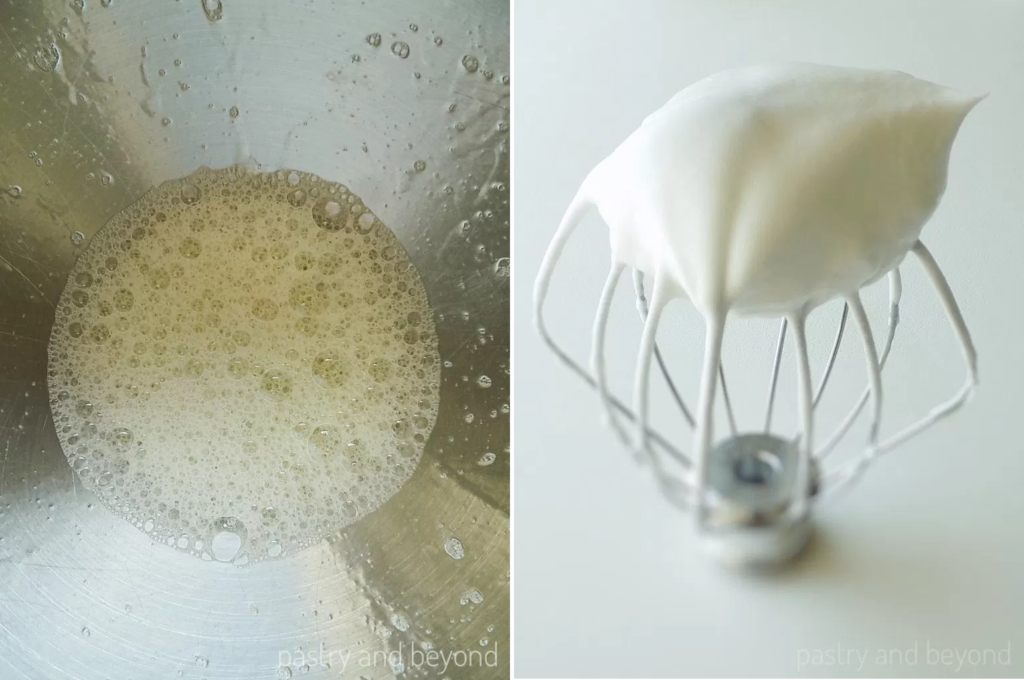
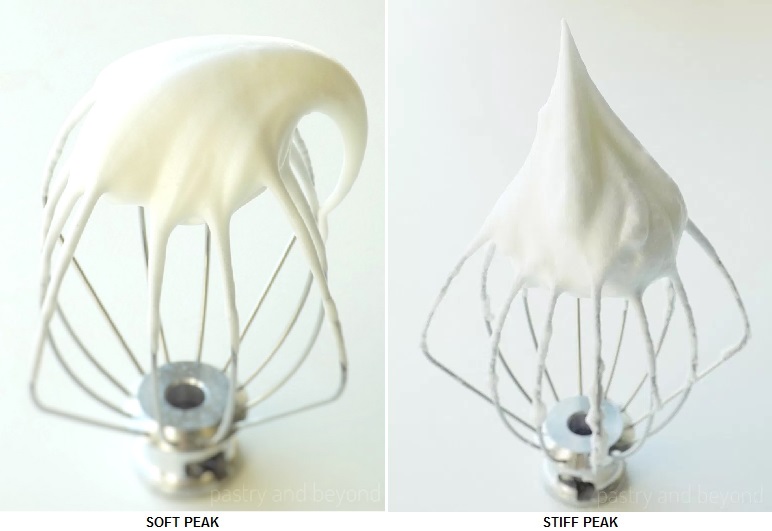
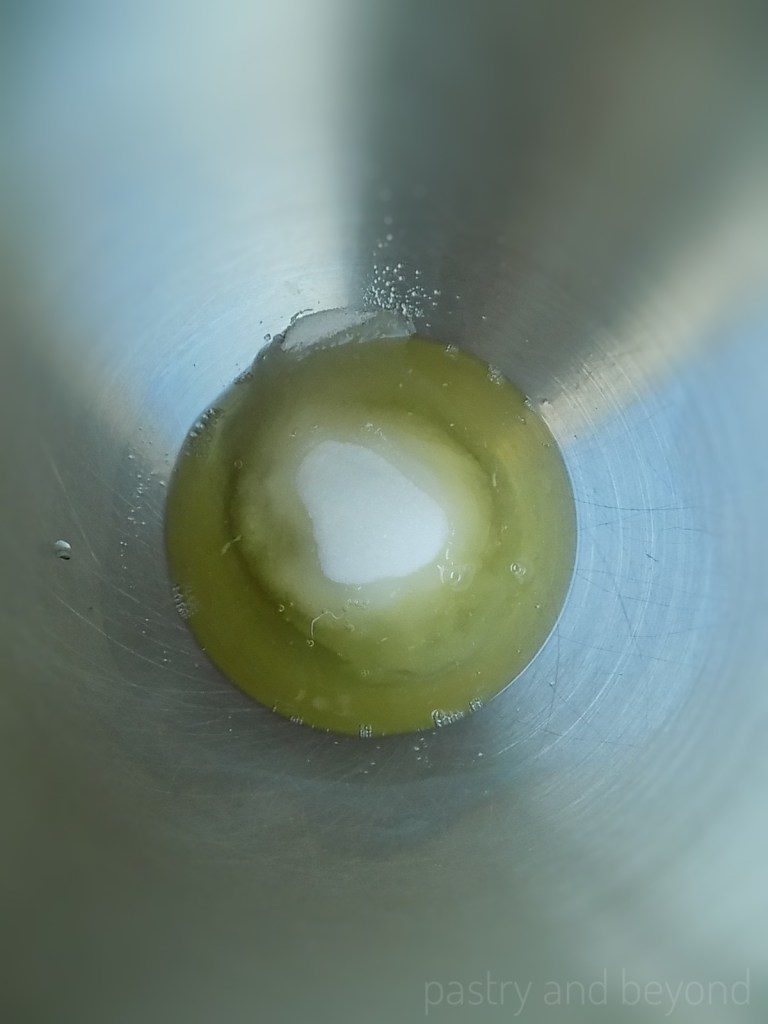
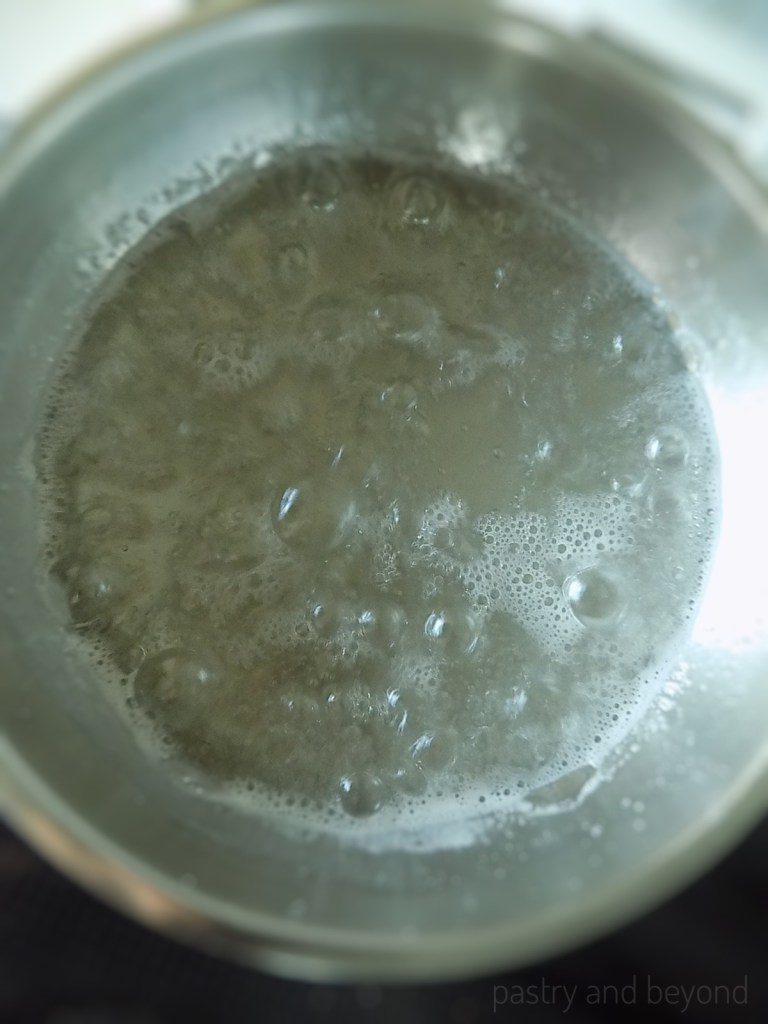
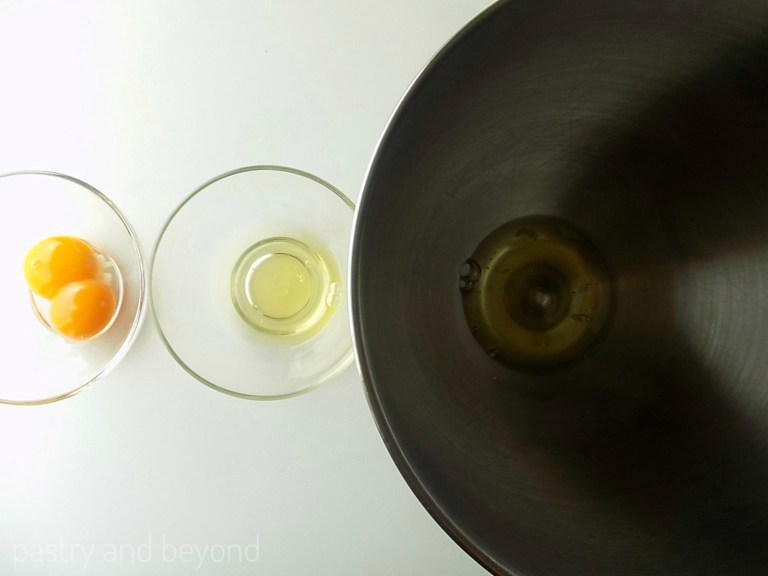
Leave a Reply